Shallots are expensive, so people are rushing to harvest early.
These days, people in Nghi Thuan commune, Nghi Loc district, Nghe An province are starting to harvest shallots to sell to traders. Currently, the price of shallots is being purchased by traders at 2 times, sometimes even 3 times higher than normal days.
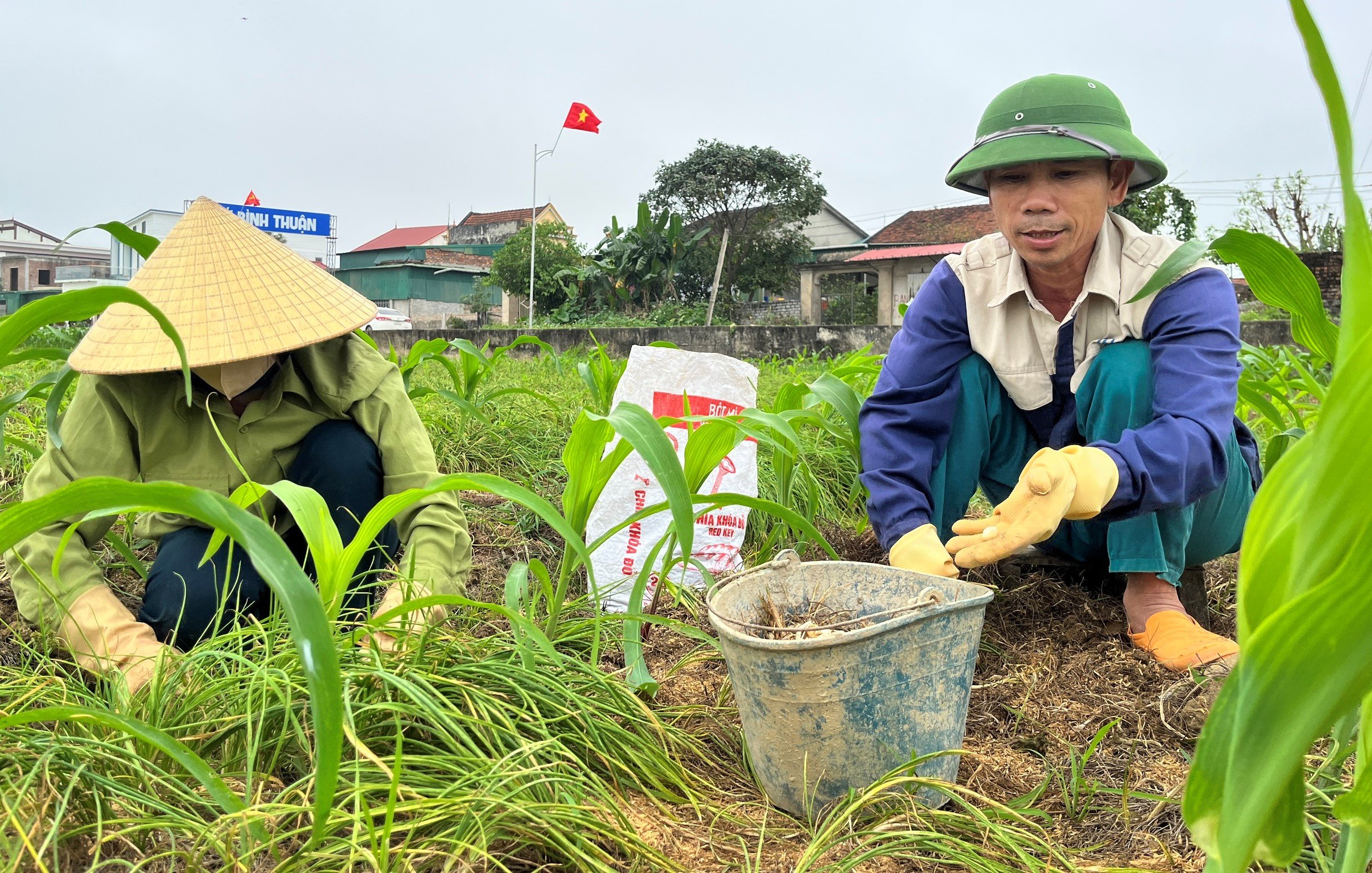
The price of shallots is high, so people in Nghi Thuan commune, Nghi Loc district, Nghe An province are taking advantage of early harvesting to sell to traders. Photo: NT
Mr. Nguyen Dinh Hong (residing in Nghi Thuan commune, Nghi Loc district, Nghe An province) said that near Tet, chives were rare so traders bought them at a price of over 100,000 VND/kg. After Tet, the price of chives decreased, currently at 50,000 VND/kg.
According to Mr. Hong, the price of shallots is usually high at the beginning of the season. Starting from March, when shallots are harvested en masse, the supply is abundant, and shallots are usually only priced at around 20,000 to 30,000 VND/kg. Therefore, people take advantage of harvesting early to sell when prices are high.

People harvest shallots entirely by hand. Therefore, the harvesting process is very time-consuming and laborious. Photo: NT
Ms. Nguyen Thi Hoan (residing in Nghi Thuan commune, Nghi Loc district, Nghe An) said that her family grows 3 sao of shallots. This year, the shallot crop is good, reaching more than 1 ton. With the current selling price, the family expects to earn about 50 million VND.
To harvest shallots, people have to use tools to dig each bush one by one to get all the bulbs. Therefore, the harvesting process also takes a lot of time and manpower.
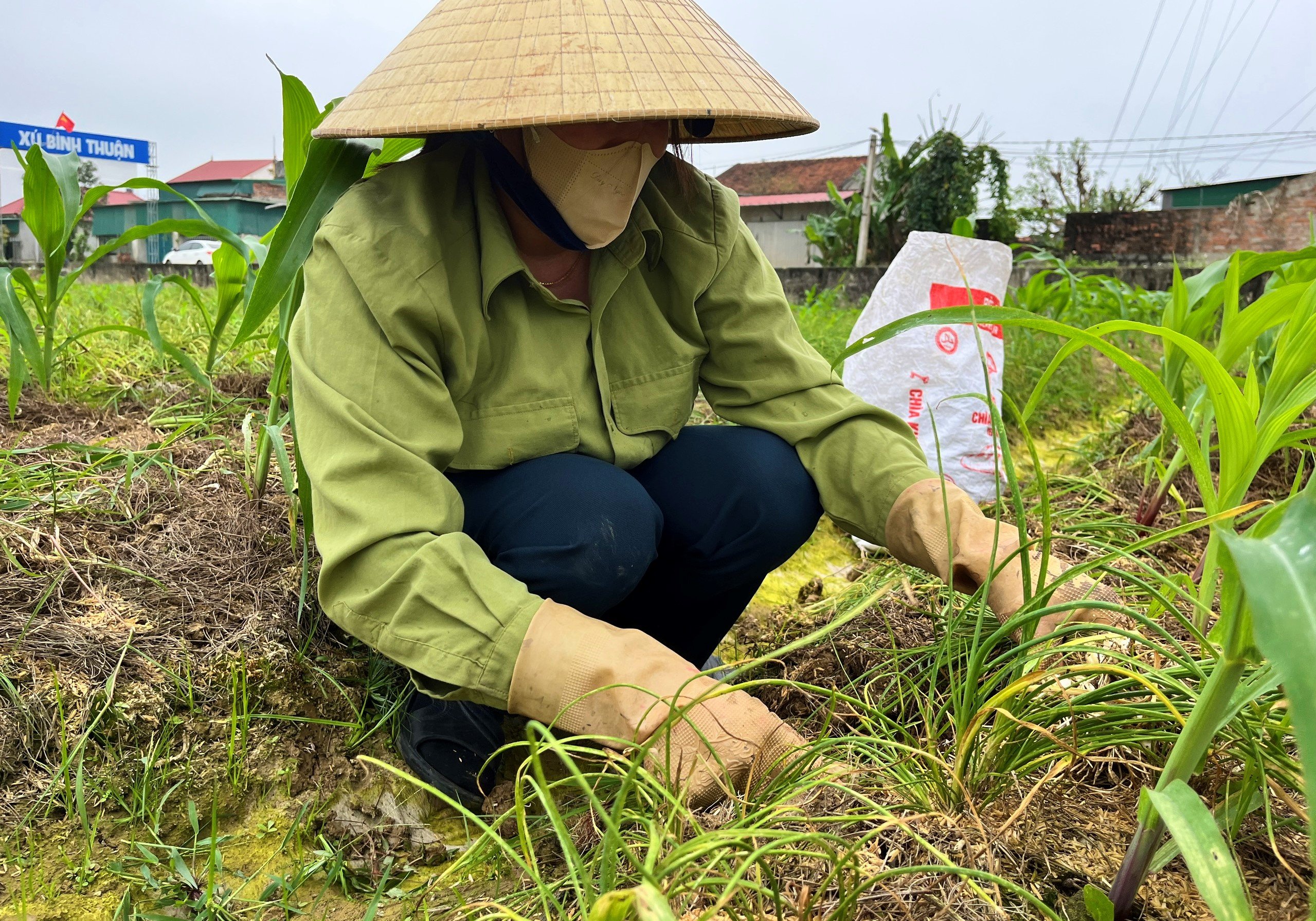
People often grow corn and vegetables on the onion beds to increase income on the same area of land. Photo: NT
In recent years, chives have often been priced well, helping people grow chives to have a much better income than other crops. Growing chives does not cost much but takes a lot of time, especially harvesting the bulbs requires patience and diligence.
Branding for chives
Mr. Tran Nguyen Hoa - Head of the Department of Agriculture of Nghi Loc district said that the whole district currently has nearly 300 hectares of shallots, with a yield of 5 tons/ha. Of which, shallots are grown mainly in Nghi Thuan commune with an area of over 80 hectares. Shallots are currently a key crop, bringing stable income to people in some localities. Recently, the local government has supported people to build a shallot brand according to VietGAP standards to increase productivity and value.
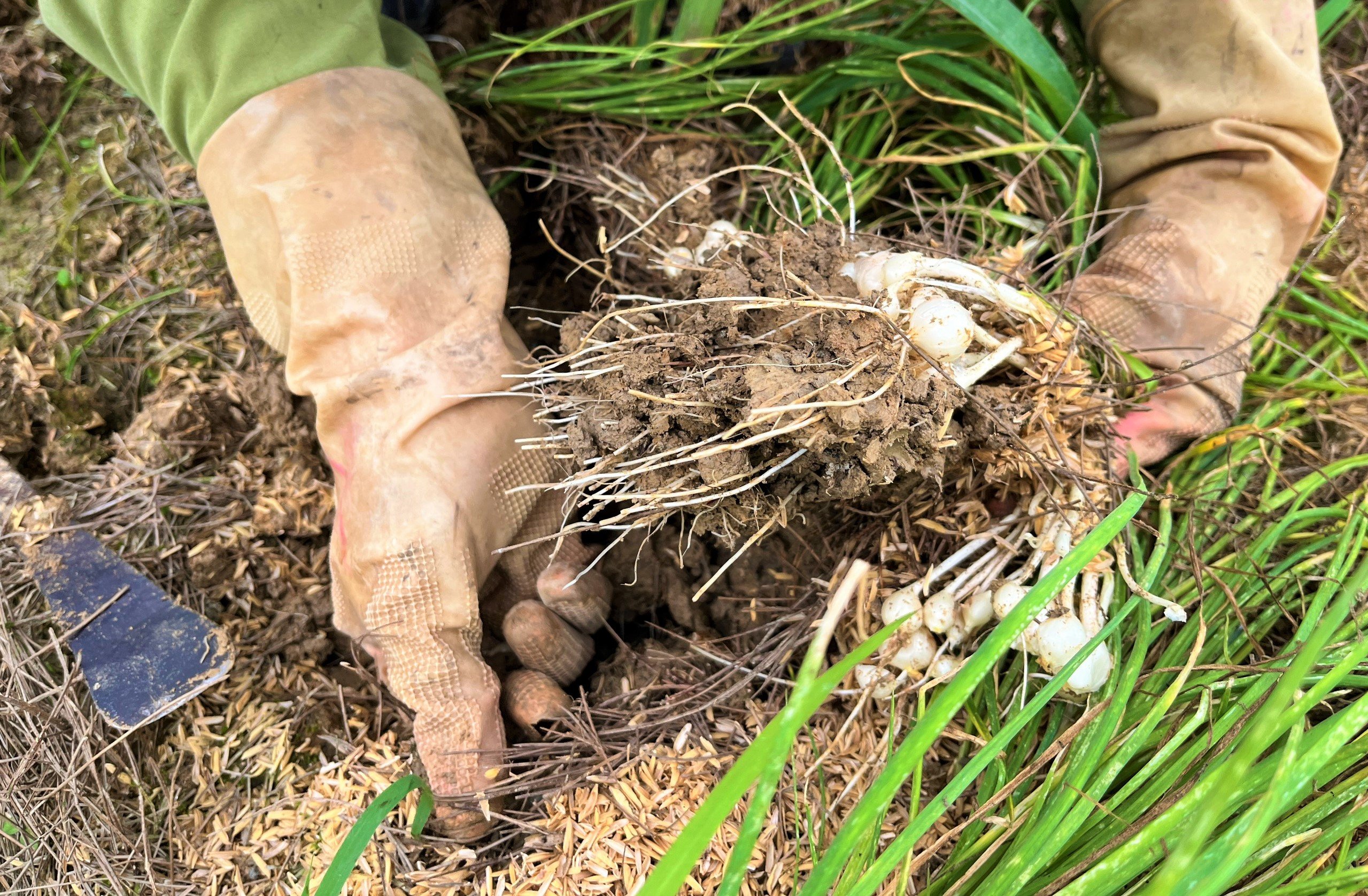
Currently, people in Nghi Thuan commune, Nghi Loc district, Nghe An province are selling shallots to traders at prices ranging from 45,000 VND to 50,000 VND/kg. Photo: NT
In particular, the Farmers' Association of Nghi Thuan Commune, Nghi Loc District actively coordinated to mobilize and build a model of VietGAP shallot cooperative in Bac Nhan Hoa hamlet. Initially, 52 households in the hamlet joined the cooperative. The members strictly followed the process, growing shallots according to VietGAP standards with close supervision. Depending on the growth stage of the plant, there are appropriate care methods. Thanks to that, the shallots grew stably, the size and quality of the bulbs were also better.
The members of the cooperative understand and follow the safe farming process correctly. Along with applying traditional experiences, the members always focus on applying science and technology to increase productivity and product quality to meet market demand. Up to now, the shallot products of the Nghi Thuan commune shallot cooperative have been certified to meet VietGAP standards, a 3-star OCOP product.
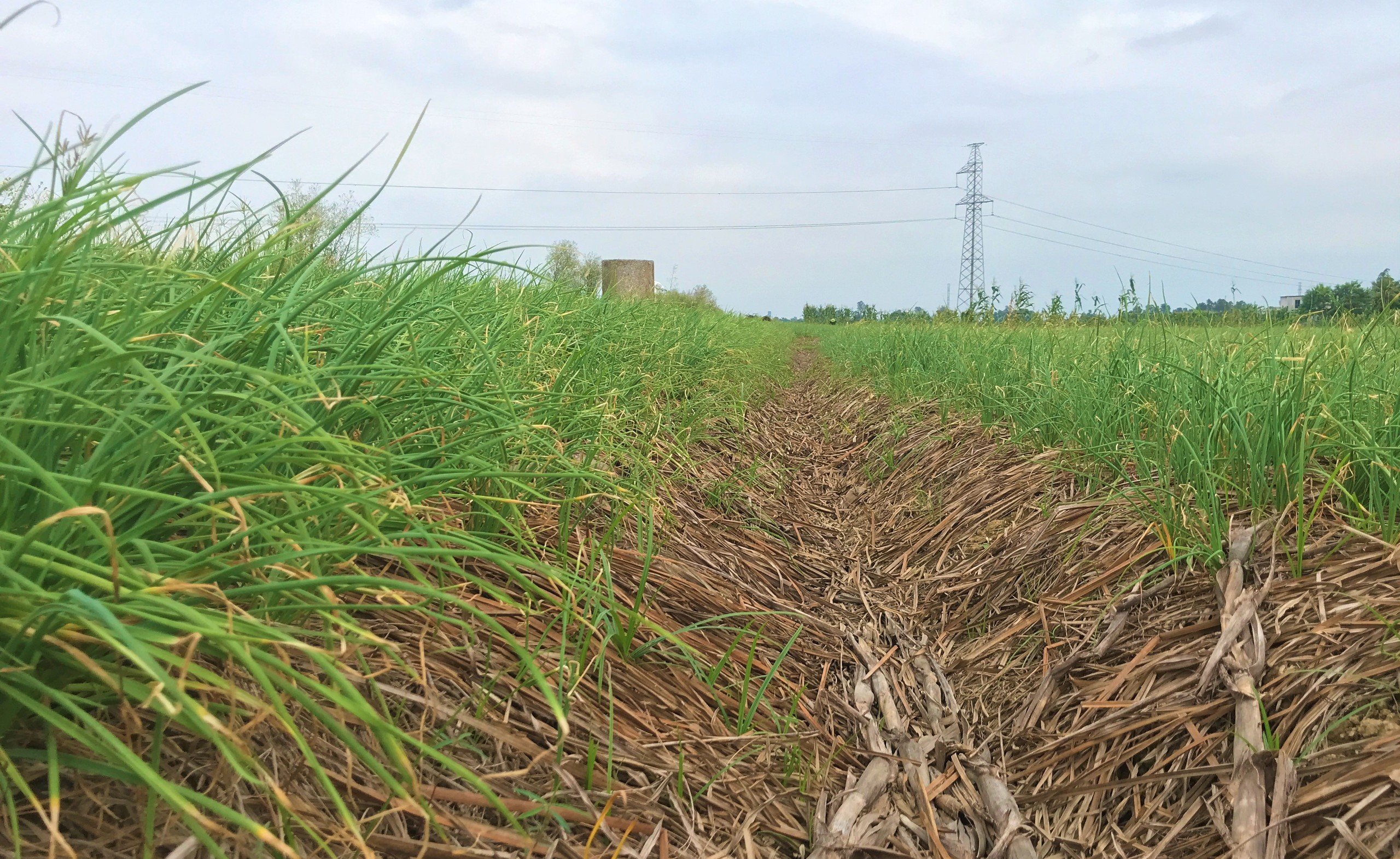
Shallots are grown in Nghi Thuan commune, Nghi Loc district, Nghe An province with an area of over 80 hectares. Photo: NT
Shallots are planted from August and can be harvested around February of the following year. Growing shallots does not require much care, and chives have few pests or diseases, but the income is higher than growing other plants, so people are very excited.
After preparing the land, people here apply composted manure and grow chives completely using organic methods. In addition, people also cover the rows of chives with dry straw and pine needles, which helps keep the soil loose.
Shallots grown in Nghi Thuan commune are plump and have a distinctive aroma, so they are very popular with consumers. During harvest season, traders come to the fields to buy them.
Source


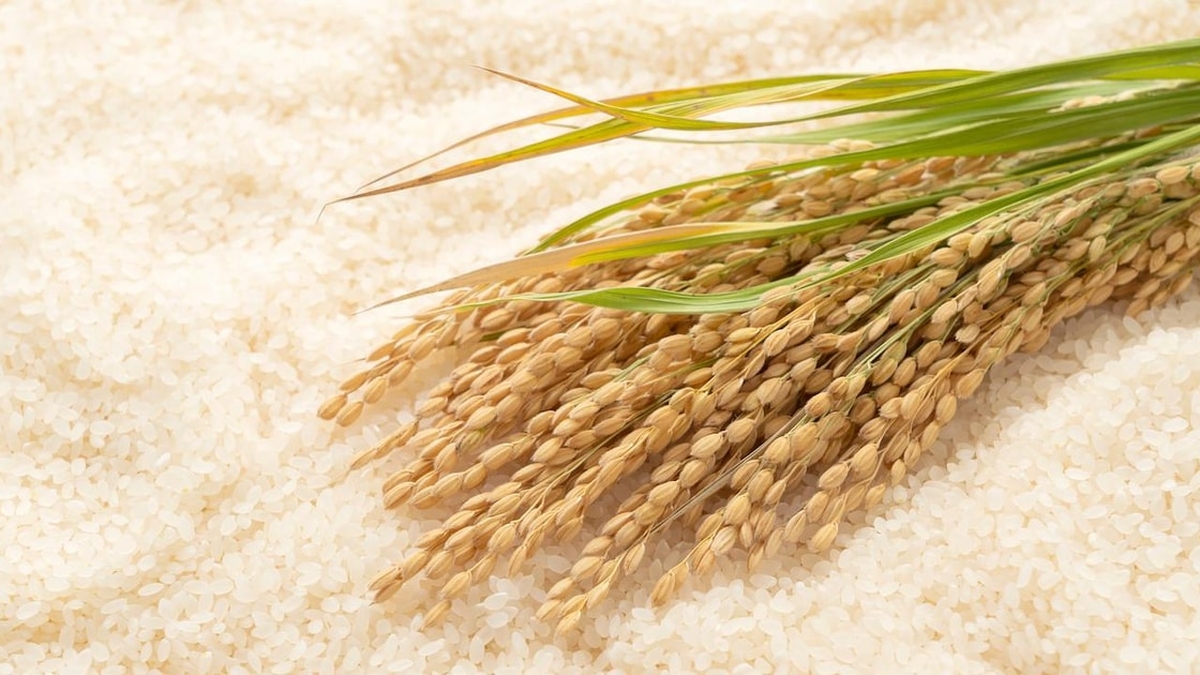























![[Photo] General Secretary To Lam attends the inauguration and groundbreaking ceremony of 250 projects to celebrate National Day](https://vphoto.vietnam.vn/thumb/1200x675/vietnam/resource/IMAGE/2025/8/19/3aa7478438a8470e9c63f4951a16248b)
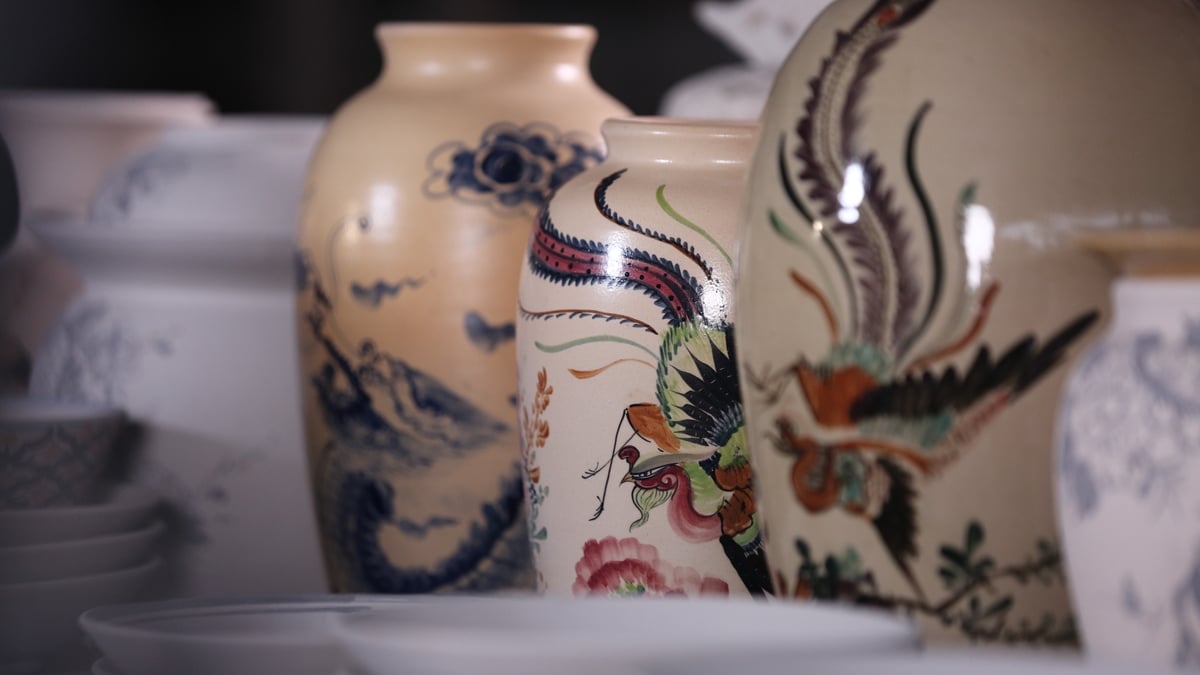
![[Photo] General Secretary and Prime Minister visit the National Exhibition and Fair Center](https://vphoto.vietnam.vn/thumb/1200x675/vietnam/resource/IMAGE/2025/8/19/f4503ad032d24a90beb39eb71c2a583f)

![[Photo] Politburo works with the Standing Committee of Da Nang City Party Committee and Quang Ninh Provincial Party Committee](https://vphoto.vietnam.vn/thumb/1200x675/vietnam/resource/IMAGE/2025/8/19/b1678391898c4d32a05132bec02dd6e1)
![[Photo] President Luong Cuong's wife and Queen of Bhutan visit Tran Quoc Pagoda](https://vphoto.vietnam.vn/thumb/1200x675/vietnam/resource/IMAGE/2025/8/19/62696af3852a44c8823ec52b03c3beb0)





















![[Maritime News] Maersk announces positive results in the first half of 2025](https://vphoto.vietnam.vn/thumb/402x226/vietnam/resource/IMAGE/2025/8/20/d9f3704e9e8647a0ade1f6e2309d75d1)


































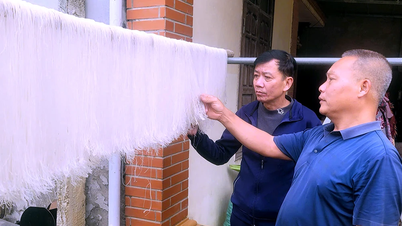



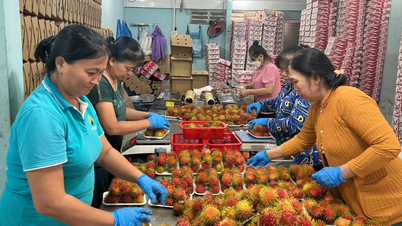






Comment (0)